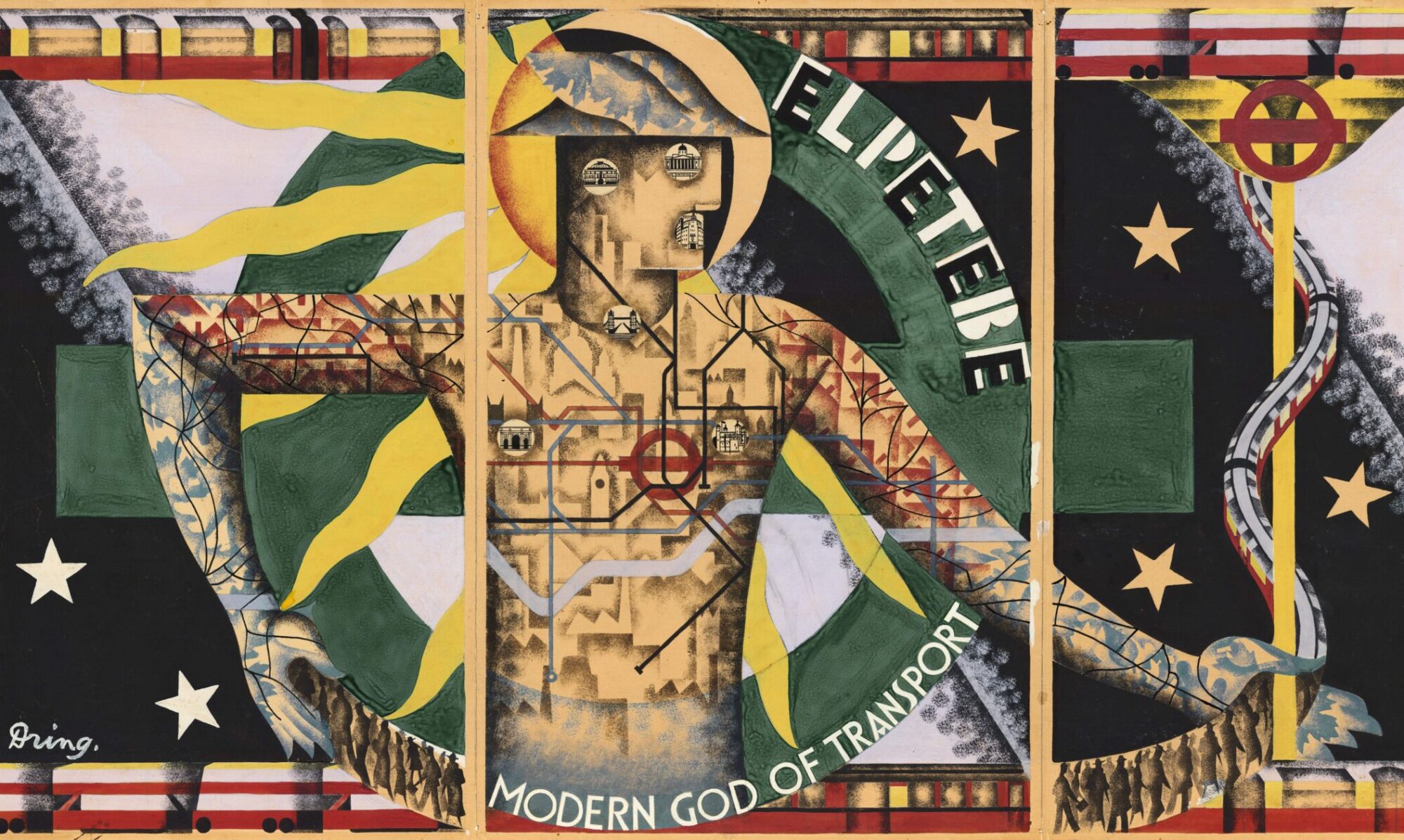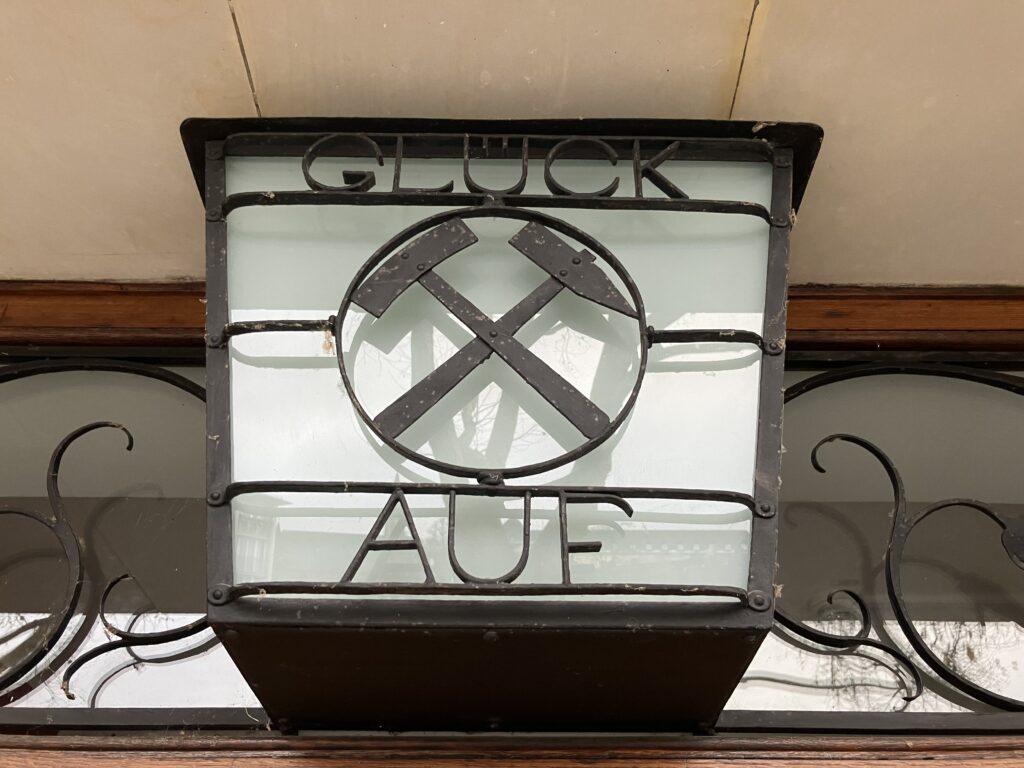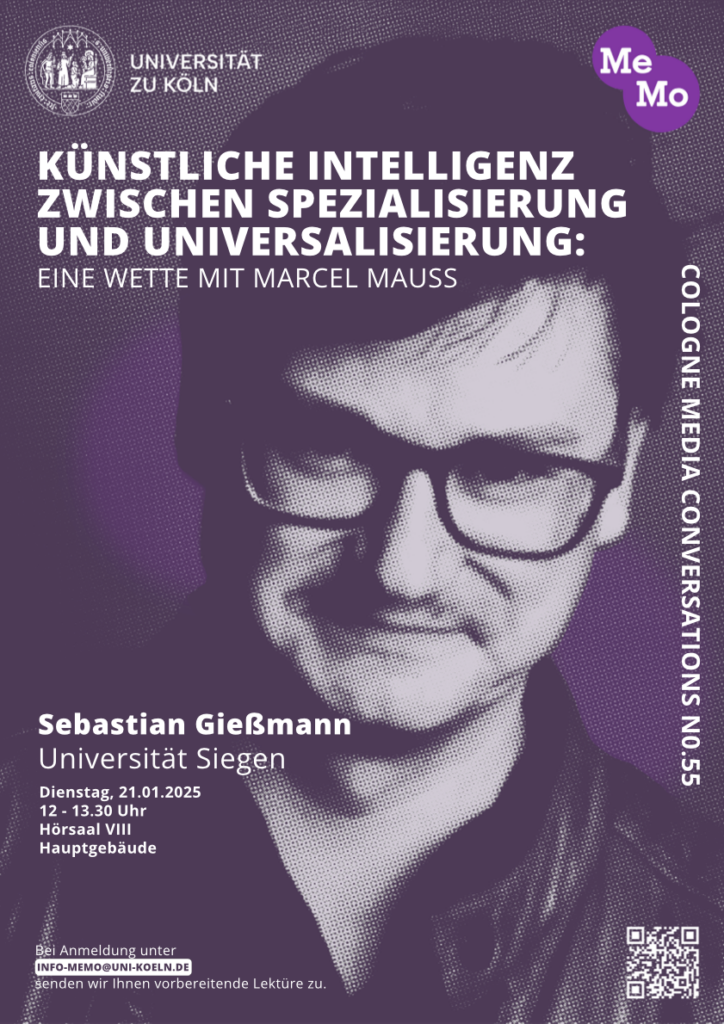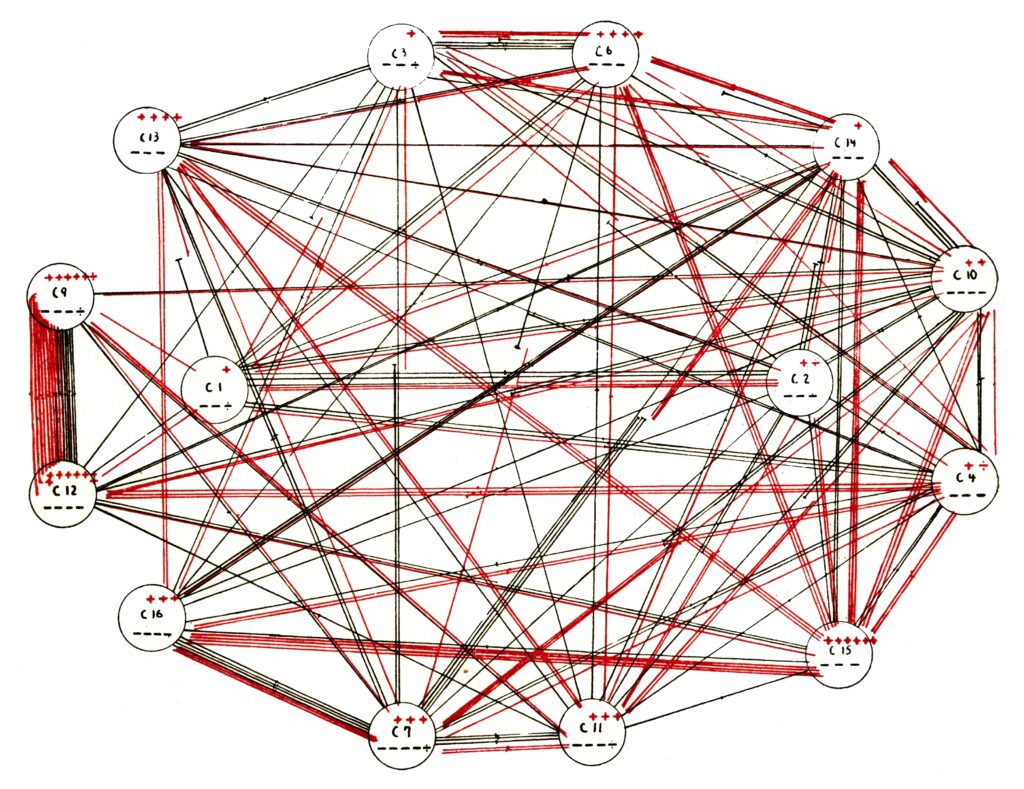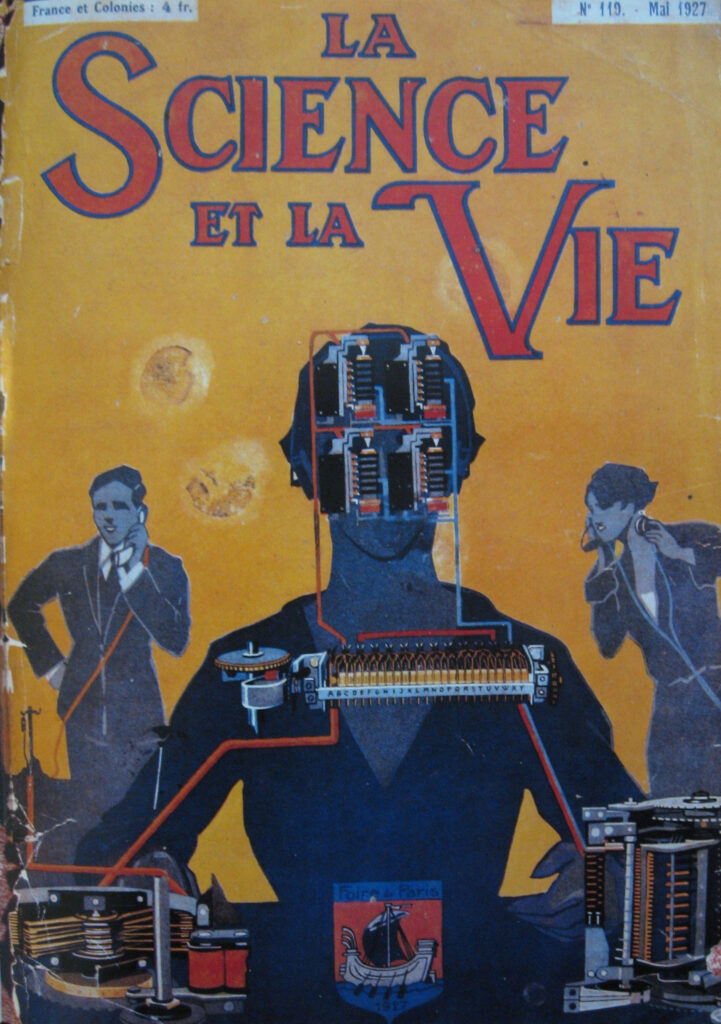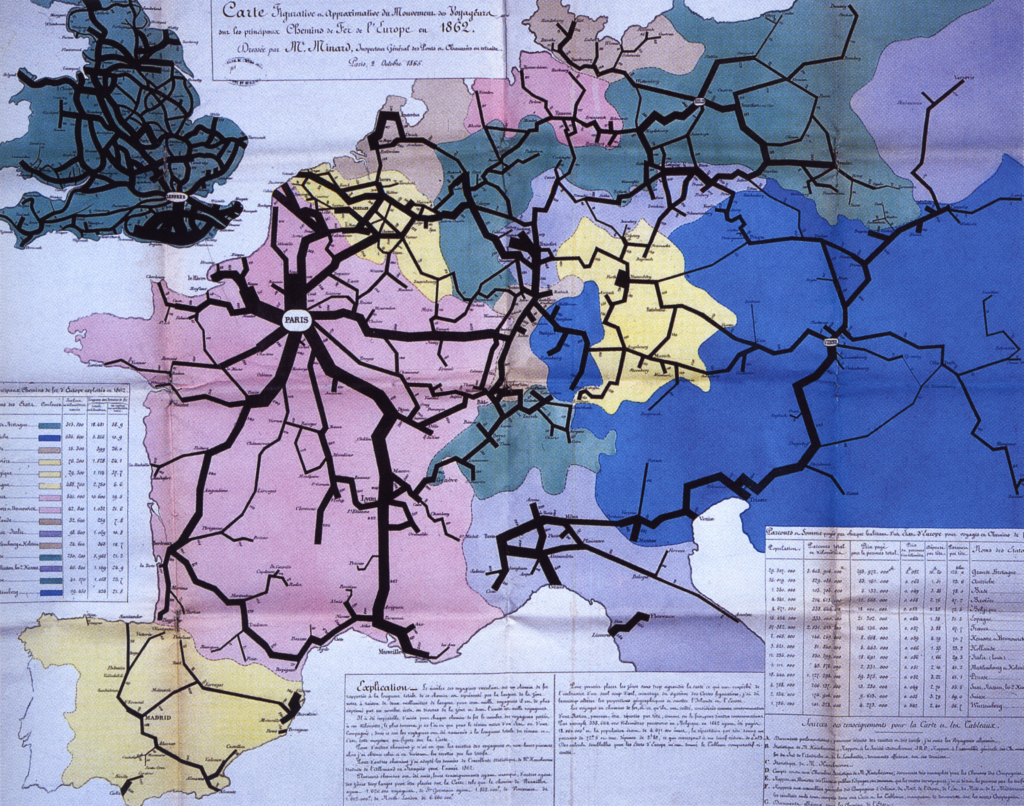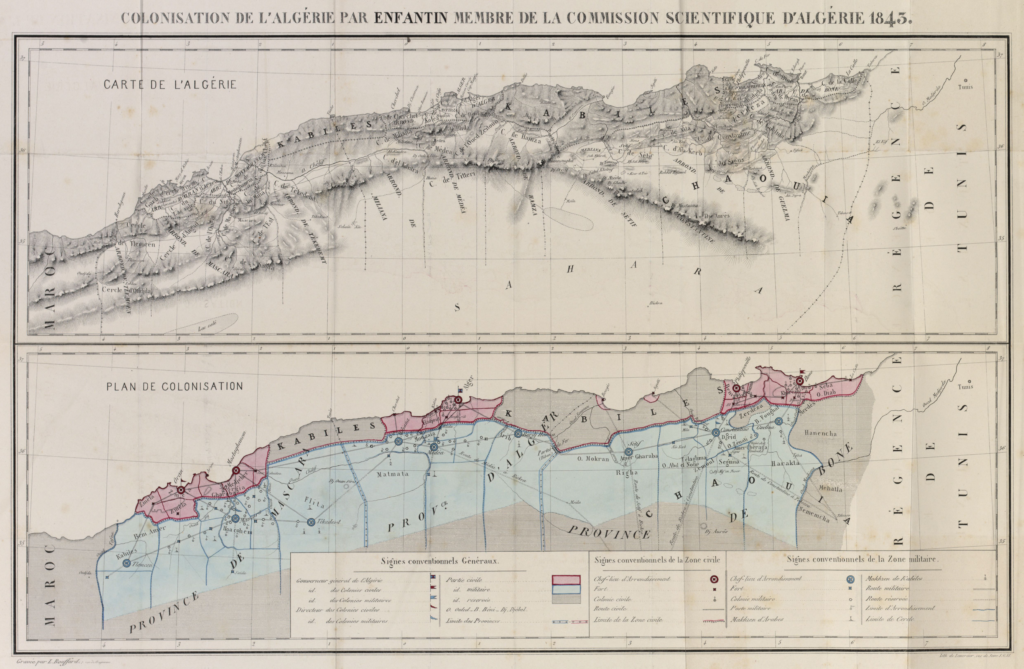Der Beitrag rekonstruiert das Entstehen einer digitalen Aktenform im 21. Jahrhundert, mit der die eindeutige Nachvollziehbarkeit von Finanztransaktionen und Rechtsakten garantiert werden soll. Hierzu werden Blockchain-basierte Infrastrukturen – Bitcoin, Ethereum und Worldcoin – anhand der sie fundierenden technischen Whitepaper rekonstruiert und kontextualisiert. Gemeinsam ist diesen Infrastrukturen, wie auch dem PDF-Format, eine Produktion von ›Eineindeutigkeit‹, die grundsätzlich immer bearbeitbaren Daten einen fixen Wert zuschreibt. Gegenüber den intransparenten Akten generativer KI im maschinellen Lernen, so die These, bieten Blockchain-Medien die Option einer digitalen Fixierung, mit der alle möglichen sozialen, juristischen und ökonomischen Praktiken registriert und identifiziert werden.
Im Open Access erschienen als: Eineindeutigkeit. Digitale Aktenform und blockchainbasierte Transaktion. In: Plener, Peter/Wolf, Burkhardt (Hg.): Akte/n. Stuttgart: Metzler, 2025, S. 153–166.
https://doi.org/10.1007/978-3-662-70242-0_9
